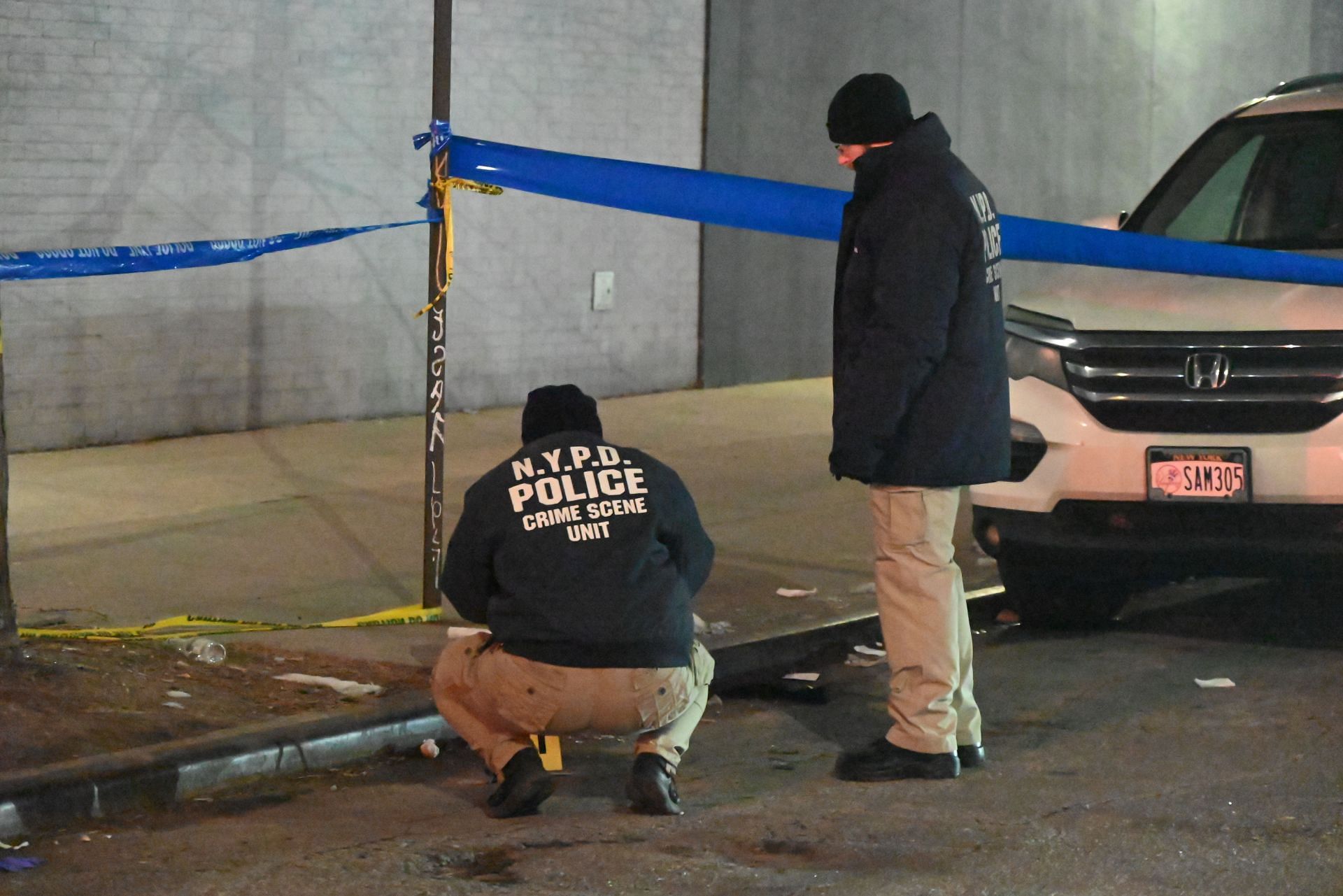5 key details about Felix Brinkmann's murder

Felix Brinkmann, a Holocaust survivor who escaped death numerous times during World War II, met a violent end in his Upper East Side apartment in July 2009. The 90-year-old former nightclub owner was bound, beaten, and asphyxiated in what authorities determined was a robbery gone wrong, as reported in Oxygen, January 31, 2025.
Born in Latvia, Brinkmann and his family were moved to a ghetto, and later to concentration camps due to his mother’s Jewish heritage. He survived Mauthausen, Ebensee, and Auschwitz by using his skills as an electrician, as per a blog post by the deceased's son, Rick Brinkman, on April 2, 2009.
After settling in New York, Felix Brinkmann opened a nightclub, Adam’s Apple, in the 1970s. He was known for his charisma, love of suits, and signature introduction: “My name is Felix. Like Felix the Cat,” noted in The New York Times. His body was discovered with four broken ribs and severe head injuries.
His social habits, particularly his relationships with younger women, became a focal point in the investigation as per Oxygen. The case will be featured in New York Homicide season 3, episode Death After Disco.
5 key insights of Felix Brinkmann's murder case
The case, which led to multiple arrests and convictions, revealed details about his final moments and the individuals responsible for his death. Here are five key revelations surrounding the crime.
1) A robbery that turned into a murder
Felix Brinkmann’s murder was a planned robbery that escalated into brutality. On July 29, 2009, Brinkmann allegedly invited Angela Murray, 30, to his apartment, a meeting that may have been for a s*xual liaison as per The New York Times, August 16, 2009.
However, Murray was not alone. She arrived with two men, Aljulah Cutts, 27, and his brother Hasib Cutts, 30, who intended to rob Brinkmann. When he refused to provide the combination to his safe, they bound and beat him, causing four broken ribs and a fractured eye socket before strangling him with a bed sheet, according to HuffPost, June 20, 2012.
2) The attack was particularly violent
Brinkmann’s resistance led to extreme violence. The assailants tortured him, hoping to extract information about his safes. A coroner later testified that he died of strangulation, and his body was found lying face-down with his hands bound as per DNAinfo, June 21, 2012.
Manhattan Supreme Court Justice Juan Merchan later told the convicted killer, “You did not know the strength and resolve of Mr. Brinkmann,” as reported in the New York Post. The judge noted that Brinkmann’s refusal to give up the safe combinations reflected the same resilience that had helped him survive N*zi concentration camps.
3) His social habits became a key focus of the investigation
Even in his later years, Felix Brinkmann was known for his active social life and his relationships with younger women. This aspect of his personal life became central to the investigation, as authorities believed it played a role in how he came into contact with Angela Murray. A building employee, Julio Rodriguez, had previously warned Felix Brinkmann to be cautious.
“I advised him to stay away from certain people, certain girls,...but it was very difficult for him. He loved the girls," said Julio Rodriguez (The New York Times, August 16, 2009).
Witnesses saw two individuals leaving through the basement garage in Felix Brinkmann’s car after the murder, and police later recovered the vehicle in the Bronx as per CBS News, August 3, 2009.
4) His killers were brought to justice
After an extensive investigation, Alujah Cutts was convicted of first- and second-degree murder, as well as first-degree robbery, and sentenced to 25 years to life in prison, as per HuffPost. Justice Merchan, however, made it clear that he believed Cutts should not have a chance at parole before serving at least 45 years, as noted in DNAinfo. Murray and Hasib Cutts were also charged, and their trials were pending at the time.
5) Brinkmann's legacy and resilience
Felix Brinkmann’s murder shocked his friends and family, but those who knew him chose to remember his life rather than focus on his death. At his memorial, family friend Greg Goloborodko said,
“He loved being the center of attention,...But he wouldn’t have wanted to be remembered for how he went out. He would have wanted to be remembered for how he lived: the family, the friends, the women. Good God, there were a lot of women.” (The New York Times, August 16, 2009).
His son, Rick Brinkman, recalled that his father’s resilience was evident even at Austria’s Mauthausen-Gusen concentration camp, where he endured brutal conditions.
“He was not afraid of anything — because, I mean, he faced death” (New York Post, June 21, 2012).
The murder of Felix Brinkmann was a tragic end for a man who had survived some of history’s darkest chapters, yet it also reinforced the strength that had defined his life. His story will be revisited in New York Homicide Season 3, episode Death After Disco, shedding further light on the shocking details of his case.
Stay tuned for more updates.




